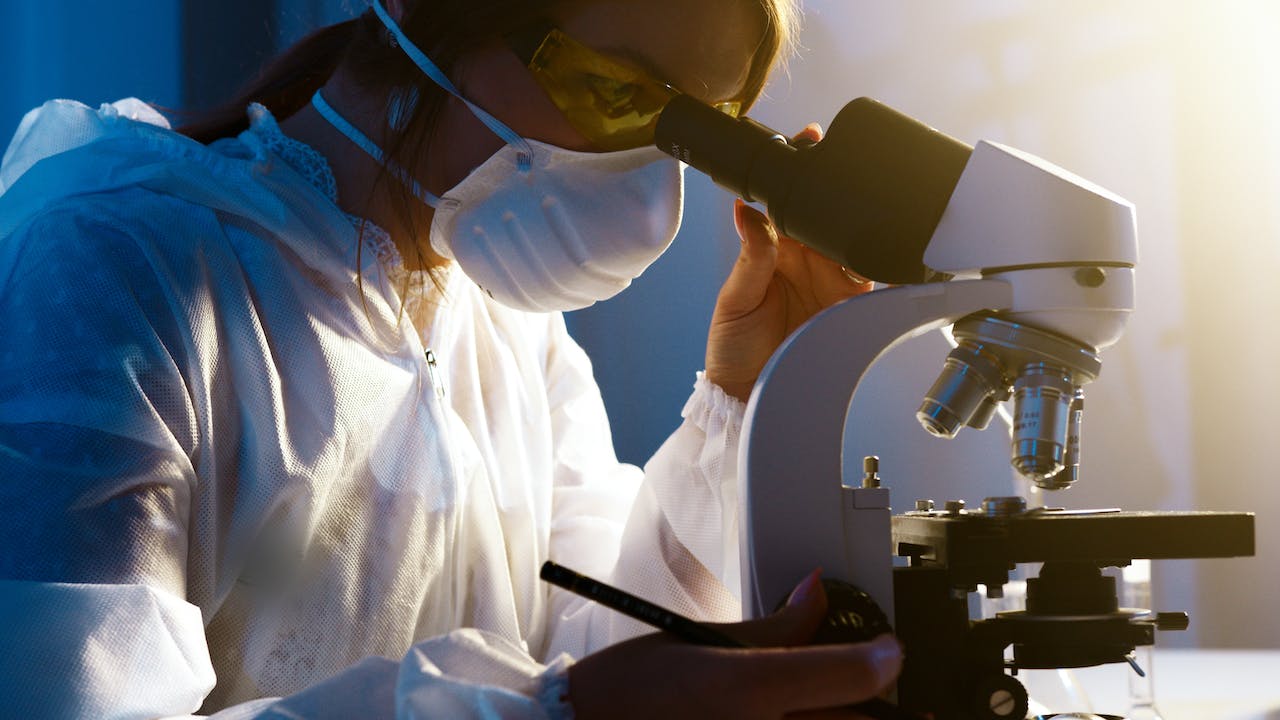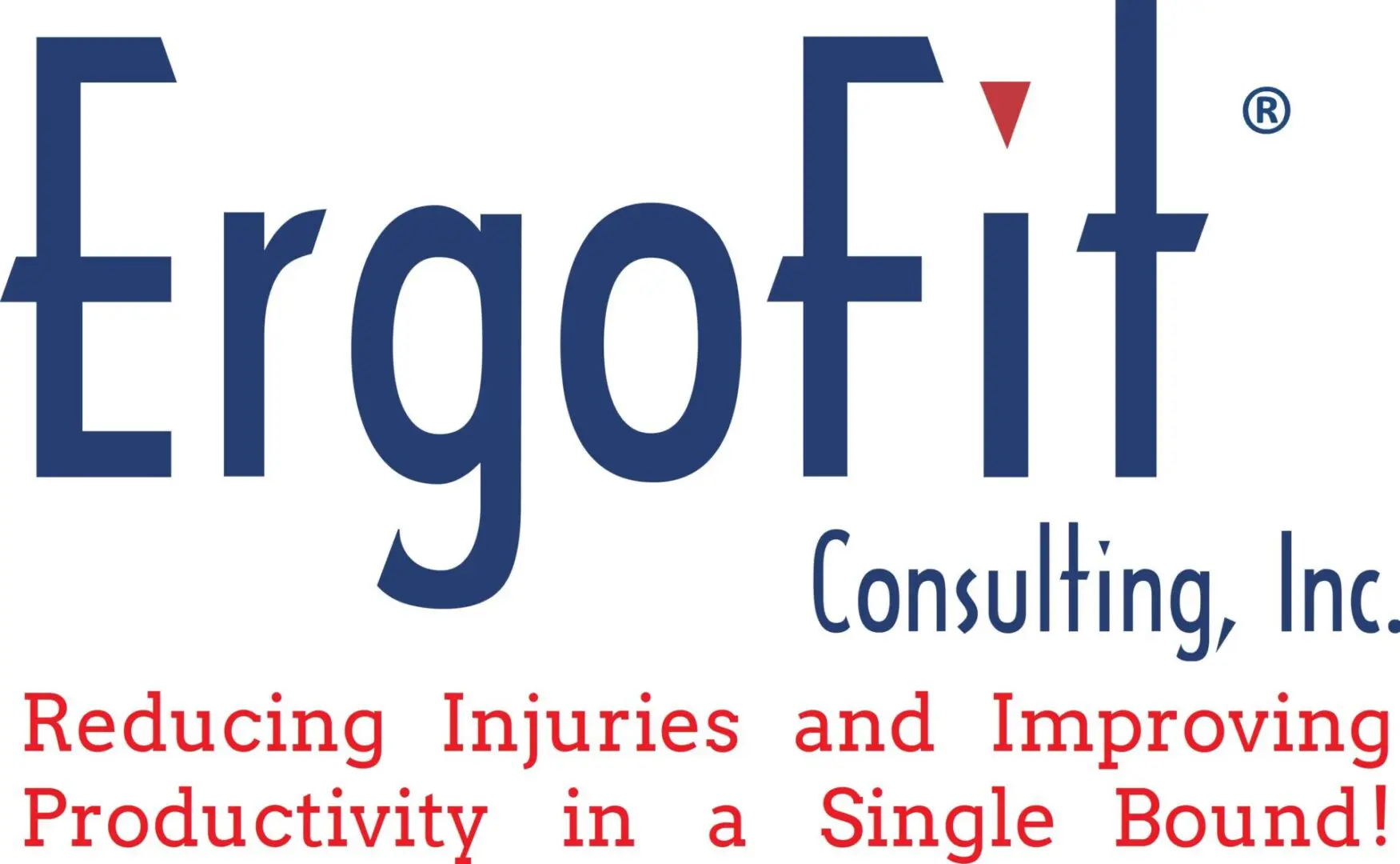
Lab Safety Guides: Some Things You Need to Know
In the world of scientific research and experimentation, safety in the laboratory is not just a guideline; it’s a fundamental necessity. With a myriad of potential hazards ranging from chemical exposures to equipment mishaps, understanding and implementing lab safety practices is crucial. This guide offers an invaluable overview of best practices, equipment usage, injury prevention, and hazard prevention. Keep reading to equip your laboratory personnel with the knowledge and tools necessary to navigate the complexities of lab safety, ensuring a secure environment for innovation and discovery.
Want to ensure your lab is a beacon of safety and efficiency? Contact ErgoFit Consulting for expert ergonomic solutions.
What Are the Essential Components of a Lab Safety Guide?
A lab safety guide is an essential tool in any laboratory setting, serving as a roadmap from minimal safe practices and hazard prevention, to world class best practices . The first component of such a guide involves meticulous planning of work. This includes assessing hazards related to specific experiments, understanding the worst-case scenarios, and knowing how to mitigate them. Additionally, it’s crucial to be aware of the properties of materials being used, like corrosivity, flammability, reactivity, biological hazards, and toxicity. Utilizing tools like a checklist for minimal compliance can aid in this assessment.
Another vital component is the consistent use of Personal Protective Equipment (PPE). This includes reading Material Safety Data Sheets (MSDS) for all chemicals to be used, then ensuring that the correct PPE is available and utilized. Posting hazard signs and emergency contact numbers, inspecting equipment for damage, and ensuring electrical safety are also integral parts of a lab safety guide. These measures help create an environment where safety is a priority and risks are minimized.
And emergency plans should be in place, including spill kits at the most convenient appropriate locations as well as evacuation plans with regularly scheduled drills.
World class best practices always include ergonomic risk assessment and controls, with those controls being as close to the root cause as possible.
Related Link: 7 Health Tips for the Lab Lifestyle
How Can Lab Workers Stay Informed and Up-To-Date on Safety Protocols?
Staying informed and up-to-date on safety protocols is crucial for lab workers. Regular training and refresher classes are essential in keeping everyone in the lab aware of the latest safety practices and procedures. These training sessions should cover a range of topics, including the proper use of PPE, handling of hazardous materials, musculoskeletal injury prevention, and emergency response procedures.
In addition to formal training, lab workers should have easy access to safety manuals and online resources for continuous learning. Clear signage and rotating safety tips also keep safety top-of-mind.
Another key aspect is the culture of open communication within the laboratory environment. Encouraging lab workers to share experiences, discuss near-misses, and suggest improvements can lead to a more informed and proactive approach to safety. Regular meetings and safety briefings can facilitate this exchange of information, ensuring that all team members are aligned and aware of any changes in safety protocols or new hazards, as well as any new best practices.
What Actions Should Be Taken in Case of a Lab Emergency or Accident?
In the event of a lab emergency or accident, having a well-defined action plan is critical. First and foremost, knowing the location and operation of emergency equipment like eyewash stations and showers is crucial. In case of an incident, the immediate priority should be to ensure the safety of all personnel, which may involve using these facilities or evacuating the area. Furthermore, it’s essential to know at least two exits from the laboratory in case of an emergency and to be familiar with how to activate the emergency alarm system.
Post-incident actions are equally important. This includes reporting the incident, no matter how minor, to the appropriate authorities. A thorough investigation should follow to understand the cause of the accident and prevent future occurrences. Documenting these incidents and the lessons learned from them is key in refining safety protocols and enhancing the overall safety culture in the laboratory.
Are There Specific Safety Measures for Handling Hazardous Materials in the Lab?
Handling hazardous materials in the lab requires specific safety measures to prevent accidents and exposure. When working with chemicals or biologicals, always ensure adequate ventilation, in a chemical fume hood or biosafety cabinet (selecting the right level of ventilation and protection). The use of chemicals should be strictly as directed and for their intended purpose. Additionally, lab workers should always use appropriate gloves and other PPE when handling chemicals, and be mindful of the glove material’s compatibility with the chemicals they may contact.
For handling biologicals, ensure proper sanitization protocols are established and followed. This includes very detailed protocols for gowning, de-gowning, and BSC cleaning.
For the safe disposal of chemicals, it’s important to follow established protocols. Most chemicals must be treated as hazardous waste and should not be disposed of down the drain. Additionally, when working with compressed gas cylinders, these must be securely fastened to prevent them from being knocked over and must be capped when not in use. Regular inspections of the lab for hazardous conditions also play a crucial role in maintaining a safe environment for handling these materials.
How Do Lab Safety Guidelines Contribute to a Culture of Safety Within a Research Facility?
Lab safety guidelines are the cornerstone of cultivating a culture of safety in a research facility, yet are often only a minimum standard of compliance. By implementing and adhering to these guidelines, labs demonstrate a commitment to the well-being of their staff. This commitment fosters an environment where safety is not just a compliance requirement, but a core value. The consistent application of safety practices, such as proper housekeeping, personal hygiene, and chemical safety, ingrains these behaviors into the daily routine of lab workers, reinforcing the importance of safety in every aspect of their work.
Adding ergonomics to your lab safety guidelines takes your company beyond mere minimum lab safety compliance and propels it to a company with BEST safety practices.
Furthermore, a strong safety culture is characterized by continuous improvement and open communication. Encouraging lab workers to actively participate in safety discussions, report unsafe conditions, and suggest improvements helps to create an environment where safety is a shared responsibility. This collaborative approach not only enhances the overall safety of the lab but also promotes a sense of community and mutual respect among its members.
Related Link: Ways for EH&S to Address Sitting Disease
How Can Ergofit Consulting Help
ErgoFit Consulting can play a pivotal role in enhancing laboratory safety. Our deep expertise in ergonomics, combined with general understanding of safety protocols, makes us an ideal partner in developing and implementing effective lab ergonomic safety strategies. ErgoFit Consulting can assist in conducting ergonomic workplace assessments, optimizing lab layout for safety, and providing customized training programs tailored to the specific needs of a laboratory.
Our services extend to ergonomic assessments and design recommendations, ensuring that lab setups minimize physical strain and the risk of injury. By integrating ergonomic principles with standard lab safety practices, ErgoFit Consulting can help create a safer, more efficient, and more comfortable working environment. Our approach to safety is comprehensive, encompassing not just the physical aspects of lab work but also considering the overall well-being of lab personnel.
Elevate your laboratory’s safety standards and operational excellence – ErgoFit Consulting offers tailored guidance in lab ergonomics safety, reach out for a consultation today.
Cultivating a Safe and Efficient Laboratory Culture
As we conclude our journey through the essentials of lab safety, it’s evident that these guidelines are the minimum requirements for a safe and productive laboratory environment and that ergonomics solutions go beyond minimum compliance and enter the realm of best practicesAdherence to safety standards and best practices not only protects individuals but also fosters a culture of responsibility and vigilance that is essential in any research facility. Embracing these practices will not only minimize risks but also enhance the overall efficacy and quality of laboratory work, paving the way for groundbreaking research conducted in the safest possible conditions.
Related Link: Dual & Large Monitor Neck Syndrome
